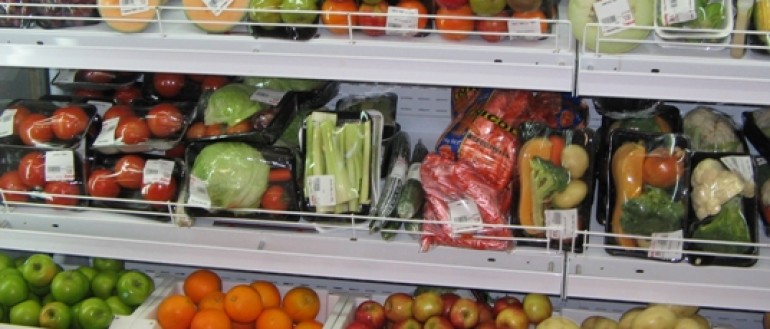Aims:
- To test the feasibility of collecting dietary intake data in the target population
Objectives:
- To assess the feasibility of using electronic visual recording in combination with food records to assess individual level dietary intake in Aboriginal infants and children.
- To have some insights on the dietary intake adequacy of infants and children living in a remote community.
Summary:
All foods and drinks consumed by the child over four consecutive days were recorded in daily food records and pictures or videos.
Dietary intake data were collected from three girls and five boys aged 11 months to eight years, five during four days and three during one day at a cost of $3,300 per child.
One-third of the 89 meals reported to be consumed through the food records were electronically recorded. Most photos were taken in the first two days with the number of meals electronically recorded decreasing each day over the 4-day period.
Implications for policy and practice:
The findings from this study provide insights into further development of an appropriate approach for measuring individual intake in remote communities.
Our research has found:
Use of electronic recording to aid individual usual dietary intake data collection was well accepted by participants but was labour intensive. The use of photos or video was important to complement the food record data.
Collection periods longer than four days and spread over 1-2 weeks may be more appropriate to minimise dietary intake day-to-day variance.
Chief investigator:
- Dr Selma Liberato
Project Manager:
- Dr Selma Liberato
This project commenced in December 2012. Field work was completed in December 2013.
Funders:
- Menzies School of Health Research Small Grant.
Research team:
- Dr Selma Liberato (CI)
- A/Prof Julie Brimblecombe
- Dr Therese Kearns
- Felicity Pearce
- Liberato, S.C., et al. (2016) Use of electronic visual recording to aid assessment of dietary intake of Australian Aboriginal children living in remote communities. Australian & New Zealand Journal of Public Health, 40(S1), S27–S29.

